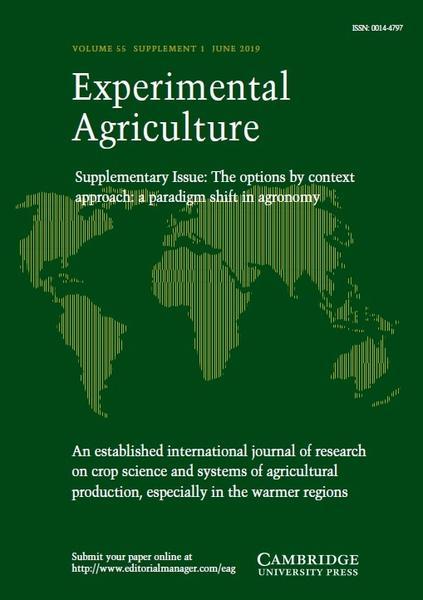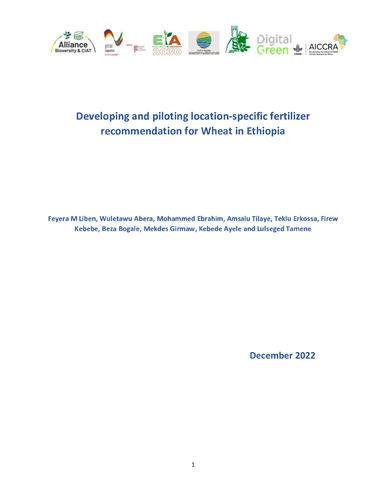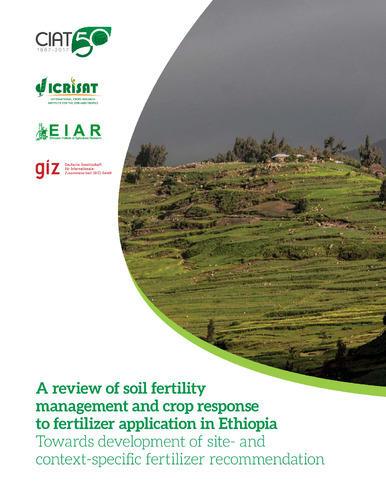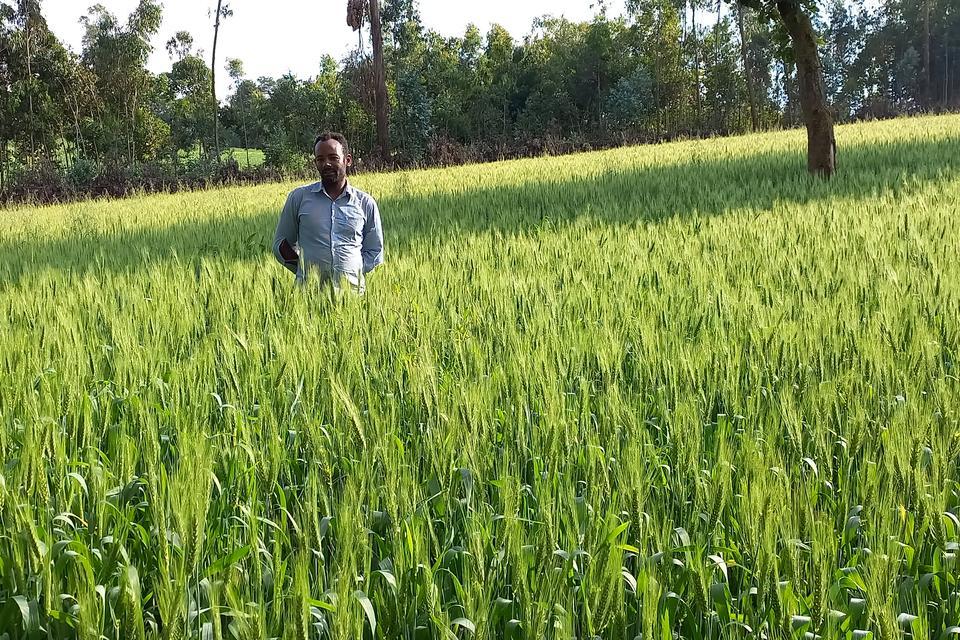NextGen Agroadvisory
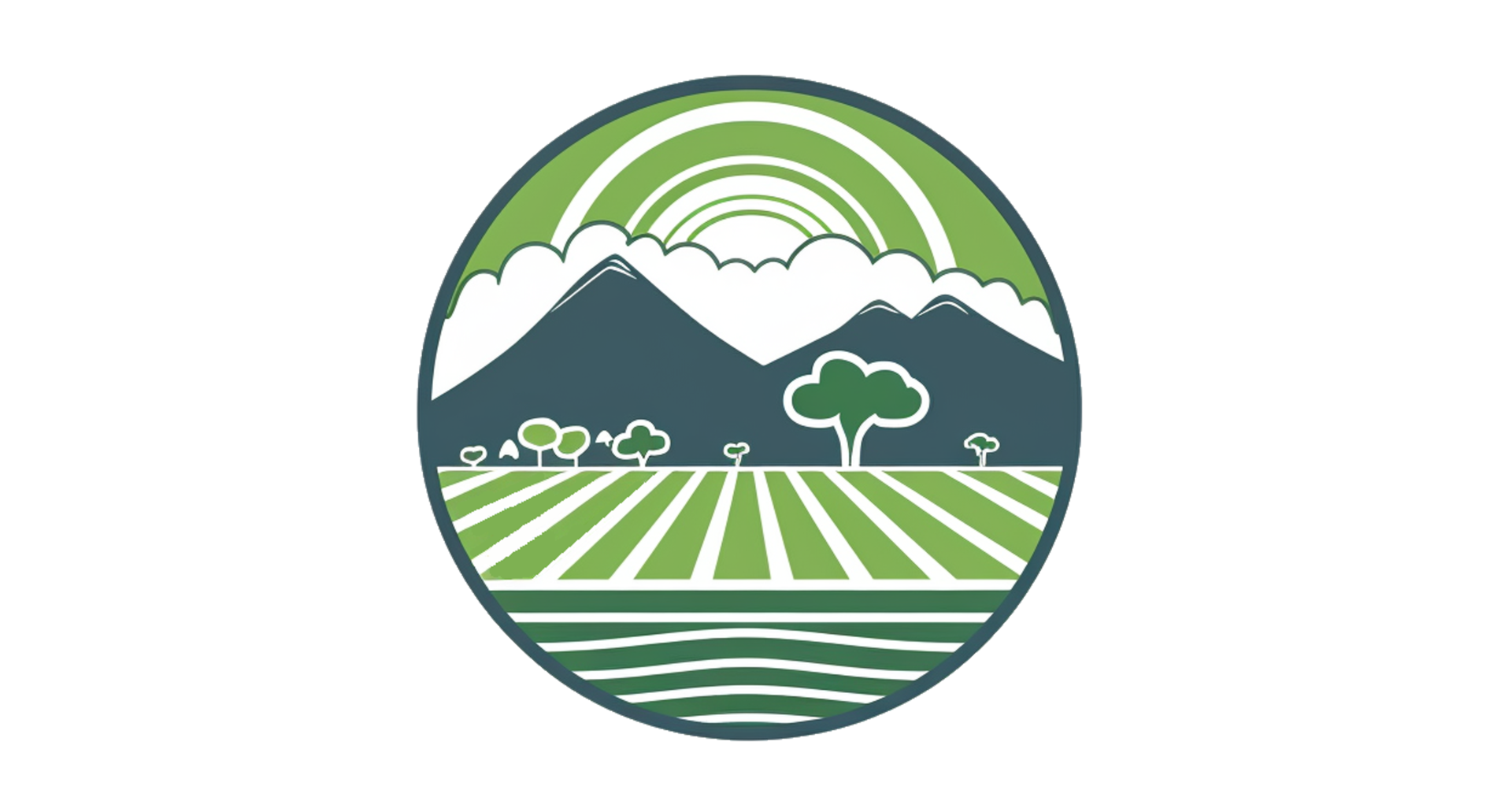
The NextGen Agroadvisory is a location-specific, tailored (suited to different farming systems and household typologies, and season-smart (aligned to an upcoming growing season) agroadvisory decision support tool (DST) designed to facilitate informed decision-making by different stakeholders. The advisory has been developed by integrating over 25,000 crop responses to fertilizer datasets with spatial co-variants using machine learning algorithms. The advisory and the partnership model between Excellence in Agronomy Initiative (EiA) under the leadership of the Alliance Bioversity-CIAT, GIZ-Ethiopia, Digital Green, and national institutes has attracted significant interest and preparations to scale are currently underway. The dataset, database management, and content (advisory) creation are supported and informed by the coalition of the wiling – teams of experts who came together to share data and/or facilitate the process. GIZ-Ethiopia and the Excellence in Agronomy (EiA) CGIAR Initiative are supporting the project.
In what context is this tool useful?
In a context where is necessary to develop site, context, and climate specific agricultural advisories particularly in fertilizer application, integrating soil fertility management (ISFM), climate information service, climate smart agricultural activities (CSA) and other agricultural investments.
NextGen Agroadvisory is a smart decision-support tool aimed to guide planners, extension workers, and farmers on appropriate planting timelines, and the amount and types of fertilizers required; promote and co-implement the advisory service; and build national capacity.
Results
The NextGen agro–climate advisory in Ethiopia increased wheat grain yield of smallholder farmers by up to 25% with an average additional partial profitability of US$600 per ha per season when compared to a blanket recommendation. The advisory has been developed by integrating over 25,000 crop responses to fertilizer application datasets with spatial co-variants using machine learning algorithms. The advisory and the partnership model between Excellence in Agronomy, GIZ, Digital Green, and national institutes has attracted significant interest to scale.
Wheat is grown by about 4.8 million farmers and is the second most important grain food staple in Ethiopia, after maize. Despite its importance, Ethiopian wheat farmers only achieve between 35 and 45 % of a farm’s attainable yield, with most producing an average of 2.5 t/ha, compared to a potential of around 6–7 t/ha. This is because of climate and input use constraints (lack of access to context and site-specific agro-advisory); poor soil fertility; and rainfall variability. The objective is to address the yield gap by developing a context- and site-specific agro-advisory decision-support tool and making it available to smallholder farmers.
Using the use case model, Excellence in Agronomy engaged Digital Green to establish a collaboration opportunity to deliver agronomy at scale. This collaboration has been the result of demand for site-specific fertilizer advisory content, which is climate- and context-specific, and the Ethiopian Government’s needs for the wheat production areas in the Ethiopian Highlands.
This tool has been validated in the Amhara, Oromia and Southern Nation Nationalities and People (SNNP) regions of Ethiopia, with 300 farmer participants during the 2021–2022 season. It has demonstrated a higher wheat grain yield of up to 25%, reaffirmed by farmers and extension workers who took part in field days. Noting the successes, the tool is being piloted across five districts within three regions in Ethiopia. Despite the huge cost of fertilizer during the summer of 2022, over 3,500 farmers have implemented NextGen Agroadvisory, out of the over 10,000 farmers reached, with high performance levels already being recorded.
Across all testing locations, partial profit per hectare per season increased by 24% (US$580) and 16% (US$412), respectively, when location-specific fertilizer rates were compared to local and national blanket recommendations. An average monetary gain of about US$2.3 billion per season can be achieved when a location-specific fertilizer rate of about 5.3 t/ha is applied to a wheat production area of about 1.75 million ha.
Results also showed notable advantages in terms of agronomic, nutrient, and water use efficiencies.
CEOs of the Crop Development and Agricultural Extension at the Ministry of Agriculture who visited some of the sites in November 2022 witnessed the performance of NextGen Agroadvisory and have committed to support streamlining the tool as an extension package after further piloting.
The Excellence in Agronomy–GIZ–Digital Green partnership has been recognized and the CEO of the Agricultural Extension has selected the tool (and its partnership framework) to be implemented in specified districts during the 2023 season.

